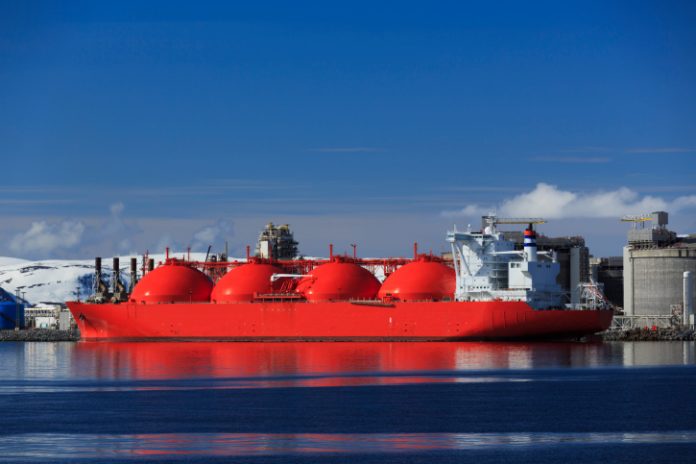By Norman R. Seip & Jessica Olcott Yllemo
Despite challenges in securing reliable energy sources, Europe still plans to meet net-zero 2050 goals outlined in the European Green Deal. The journey to net-zero is filled with uncertainty as Russia continues to cut energy supply to Europe and additional infrastructure becomes necessary for LNG imports from allies. Stepping up to the plate to meet this challenge, U.S. LNG has become a powerful stabilizing tool in Europe as the region works to increase its supply of natural gas, lower greenhouse gas emissions and wean itself off natural gas from authoritarian regimes like Russia. Evident that U.S. LNG could deliver on these goals, leaders from the United States and Europe announced a deal in March that will see the U.S. commit to boosting LNG supplies to Europe by winter, helping Europe reduce its demand for Russian gas by up to two-thirds.
Europe’s Energy Security
Today, Russian gas flows to Ukraine fell by a quarter after Kyiv halted the use of a major transit route, blaming occupying Russian forces. Though this marks the first time exports via Ukraine have been disrupted since the invasion, it will certainly not the be the last as the conflict in Ukraine continues. Bulgaria and Poland are also struggling to secure energy supplies after refusing to comply with Russia’s new payment mechanism. Russian President Vladimir Putin continues to weaponize his country’s energy supply and cut off flows to “unfriendly nations,” a move that was predicted back in 2014 by U.S. policymakers – and the American Security Project – who worried about the network of pipelines stretching from Russia to Europe and the political leverage it would give Russia.
The United States is strategically positioned to help allies enhance their energy security and reliability goals through an innovative and interconnected network of growing domestic LNG production and related export infrastructure. While we are working to increase export capacity and related pipeline infrastructure here at home, our friends across the Atlantic are also making the required investment in import facilities and executing the required contracts to secure much needed supplies. Helping Europe reduce its dependence on Russian gas will enhance their energy security by allowing for more political and economic flexibility to counter the Russian aggression while also maintaining their climate commitments.
U.S. LNG Will Help Europe Meet its Climate Goals
American LNG is one of the cleanest burning fuels. Domestically, the U.S. has reduced CO2 emissions in the power generation sector by 32 percent since 2005 by switching to natural gas – progress that is also exported alongside U.S. LNG. President Biden has lauded U.S. LNG exports to Europe as critical support to our allies stating that they are, “consistent with, not in conflict with, the net-zero climate goal that we’re shooting for.”
The success of natural gas in reducing emissions has been replicated abroad as well. Since the U.S. started exporting LNG in 2016 it has helped countries reduced their carbon intensity by as much as 10 percent, a perk also outlined in the joint US/EU deal. European nations, UK and France saw 3 percent and 10 percent declines in carbon intensity, respectively, since they began importing U.S. LNG. Until now, increased LNG exports to Europe have not only enhanced Europe’s energy security, but have been an essential step in helping Europe achieve its net zero goals and eliminate methane emissions.
U.S. LNG Potential
American innovation and a bounty of supply have led to an 1,800 percent increase since 2016 in U.S. LNG exports. With innovation and technological advancements, the U.S. is producing enough clean-burning natural gas to meet domestic demand and help our allies achieve their energy needs and carbon emission reduction goals. U.S. LNG is a cleaner alternative to Russian piped gas, though supplies of Russian gas are being greatly reduced, the high methane emissions associated with Russian gas only drove Europe away from its climate goals.
The U.S. can help Europe alleviate its energy constraints by increasing LNG exports. As the top supplier of natural gas to Europe and with the ability to increase capacity, the U.S. is uniquely able to meet Europe’s energy demands. With more LNG terminals expected to come online by the end of 2022 and additional terminals currently under construction with completion expected by 2025, the U.S. can meet LNG demands.
Lieutenant General Norman R. Seip, USAF (Ret.) is President of the American Security Project. Lt Gen Seip retired from the United States Air Force in 2009 after serving for 35 years.
Jessica Olcott Yllemo is senior fellow for climate security at the American Security Project.
Originally published by RealClearEnergy. Republished with permission.
For more on U.S. LNG, click here.


























